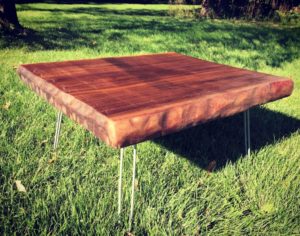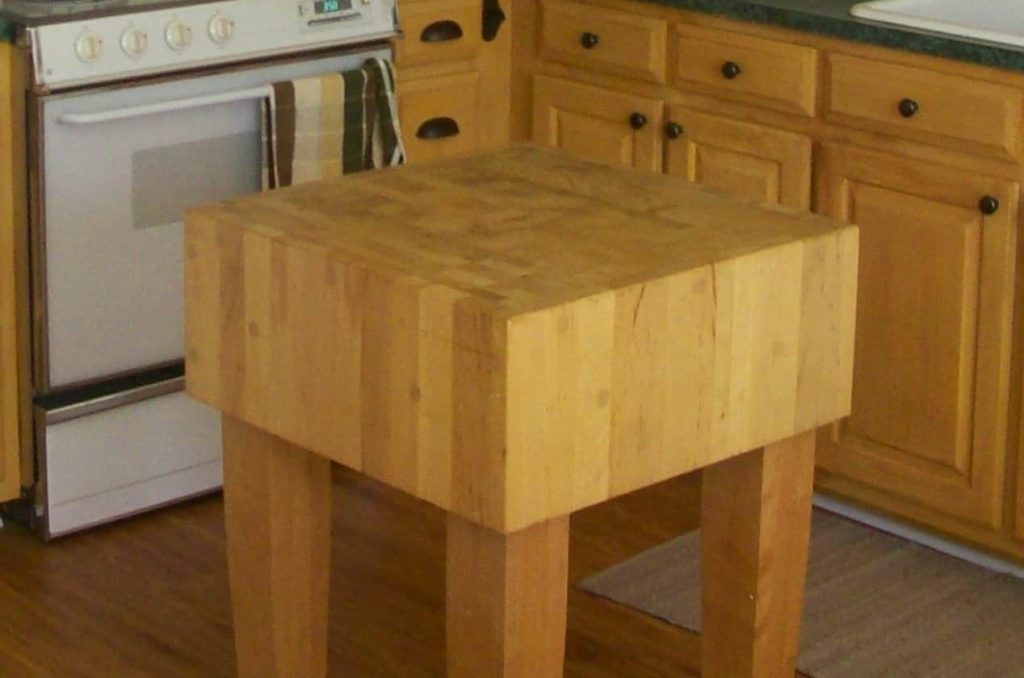News
What’s All The Hype About Butcher Block Dining Tables?
The term “butcher block” is one many people like to throw around, and that’s understandable; butcher block has a good-sounding “cellar door” quality to it. Now, thanks to certain major furniture designers, “butcher block” has come to mean any solid-wood surface. It’s a shame, too, because a genuine butcher block is a very versatile surface!
One versatile surface that’s all the rage is a butcher block dining table. Why are these in such high demand?
Why People Call Thick Wooden Surfaces “Butcher Blocks”
The butcher block was originally a surface on which butchers could split large portions of meat into cuts using cleavers and other knives (hence the name). They would use a thick piece of hardwood like maple, cherry, oak and walnut due to their durability, with the grain pointing upwards. This made it more durable so that it could stand up to all the hacking over time.
Many early butchers used tree rounds for their blocks, but woodworkers found ways to increase the durability of the wood and make a more sanitary surface. Nowadays, butcher blocks use straight, thick cuts of wood adhered into slabs to give the butcher, chef, or home cook a sturdy surface on which to work. Some butcher blocks were so durable that a butcher could use them for their entire career; when the surface did wear down, they could take it to a woodworker for a refinishing, making it good as new!
This ability to use the surface for making the food as well as eating on it is what separates a real butcher block table – like the dining tables that are getting all the hype – from ordinary blocks of thick wood that use the name. Not all thick slabs of wood can handle the same stress as “traditional” butcher blocks, but a real butcher block dining table should be able to handle the work of a cutting board and tabletop.
What’s The Hype Surround Butcher Block Dining Tables?

Many people want to furnish their kitchens or dining rooms with butcher block tables these days. A lot of hype is the same reason live edge tables are in demand: they look strong and keep the natural grains intact! This means that even if you don’t plan on carving up chunks of beef on the table’s surface, a butcher block will be beautiful to look at.
Another reason why the butcher block style is so big is that the surface can come in different grain styles, giving the table unique characteristics you won’t find anywhere else. The most common are face-grain, edge-grain, and end-grain; the style you choose depends on your wants and the furniture maker:
Face-grain butcher blocks lay boards to form a streamlined surface. The look is mostly superficial, as chopping and cutting can leave marks in the wood.
Edge-grain butcher blocks are strong and stable. The furniture maker places longer boards on their sides and joins them along the narrow edges to form the table’s surface. Depending on the length of the wood, the boards can be continuous with no joints or random lengths fit together with finger joints.
End-grain butcher blocks use rectangular blocks arranged on their ends rather than on their sides. It’s got the old-timey look of past butcher blocks, showing off the growth rings of the pieces of wood. End-grain surfaces are great for cutting, as the look camouflages any knife marks. It’s also easier on knife edges, as the blade slides into the grain rather than against it!
Whatever your needs or wants, Rustix can make the butcher block dining table that’s right for your home. Whether you like the look or want a handy surface for preparing food, add a Rustix butcher block table made with local London wood to your decor!

